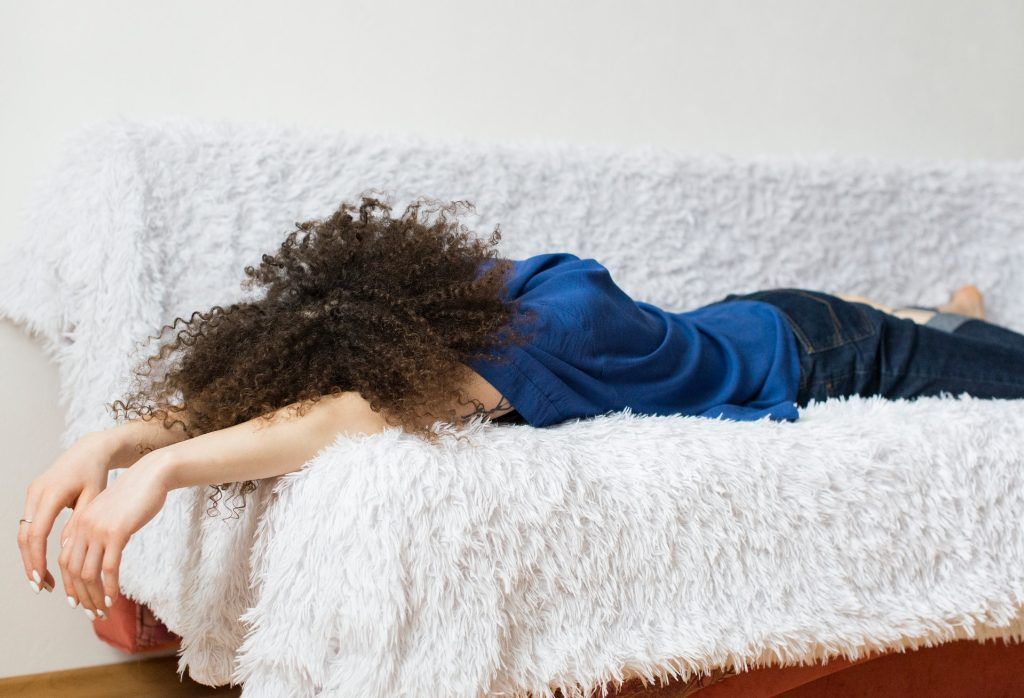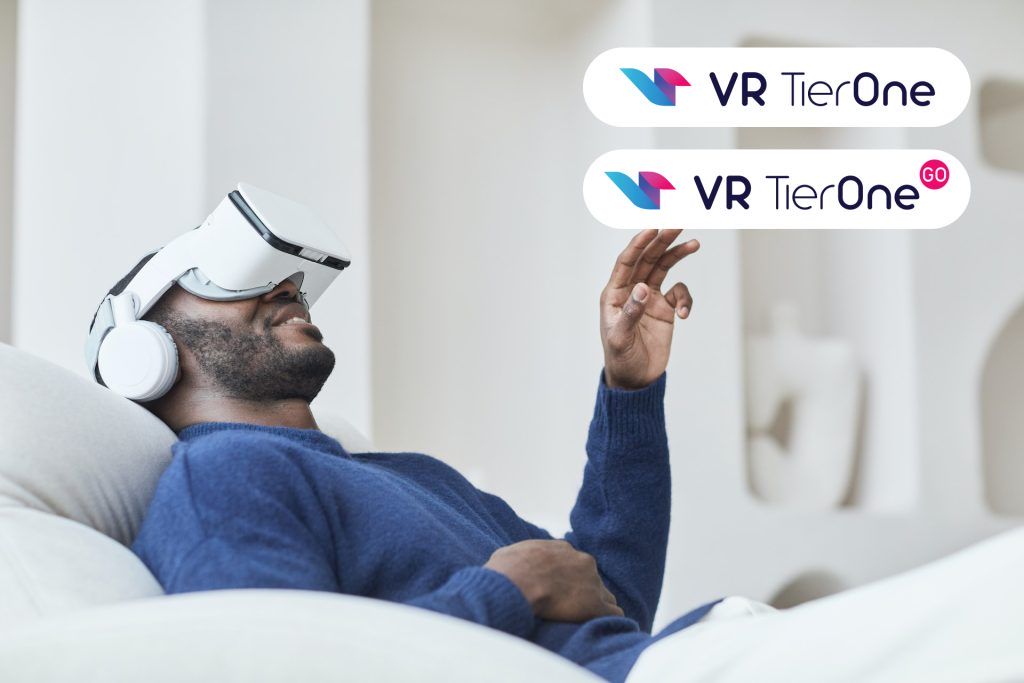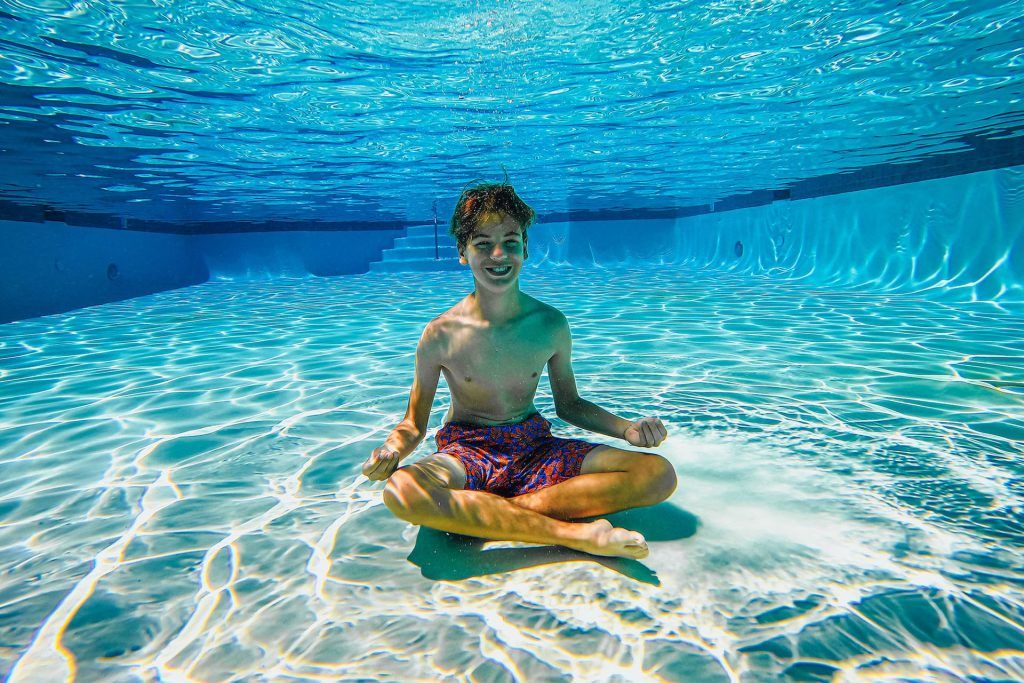A stroke is the rapid loss of brain function caused by disruption of blood supply to this vital organ. The main consequences of a stroke are sensory and motor dysfunctions, but the depression following a stroke forms an equally important consequence thereof. It was first observed and described by Eugen Bleuler – a renowned Swiss psychiatrist who lived at the turn of the 19th and 20th centuries. He drew attention to the depressed mood of patients who suffered from cerebrovascular episodes. Post-stroke depression ( PSD) was, at least until the 1970s, considered an almost inevitable response to disability caused by stroke. Since then, research was conducted on PSD. The negative influence of depression on poor rehabilitation results and the patient’s recovery of physical health were all noticed. Not only were the functional abilities of depressive patients worse after a stroke, but even their survival rate. That is why, ever more frequently, this subject comes to the fore, and research is carried out on its triggering factors, improvement of treatment and prevention of depression after a stroke.
PSD as a diagnostic issue
The clinical image of post-stroke depression corresponds to endogenous depression, and it develops in a causal and temporal relationship with the history of ischemic or hemorrhagic stroke. Post-stroke depression is defined according to the ICD-10 criteria as “organic mood disorder” caused by damage or dysfunction of the brain. Post-stroke depression affects a significant number of patients – it is estimated that PSD occurs in 30% of stroke patients. The actual percentage of people who are depressed following a stroke can be much higher. Scientific reports indicate that depression is still poorly diagnosed as a neuropsychiatric complication of stroke. The problem is the assessment of the patient during the stay in the stroke unit, it is too narrow a time window for the possible manifestation of depression. PSD can develop on discharge from hospital, even 3-6 months after a stroke. Patient’s condition after the stroke does not facilitate correct diagnosis either. The accompanying apathy and fatigue, and the symptoms of the diseases that led to the stroke, may coincide with those of depression. A stroke can lead to a deficit in the form of anosognosia, a neurological disorder in which the patient is unable to notice the disease and its symptoms. A patient with anosognosia denies the presence of any motor deficits despite the actual limitation of fitness triggered by the stroke. There are suggestions that anosognosia has a protective function against depressed mood in the patients, however, it causes a cognitive gap in subjective and objective symptoms. Some patients demonstrating objective symptoms of depression – appearing sad or depressed, do not feel depressed or fail to report symptoms of depression. Given that chronic stress and the depression it triggers increases the risk of a stroke by a factor of three, it is also possible for a post-stroke patient to experience depression that has occurred prior to the stroke. Further diagnostic difficulty is caused by the patient’s cognitive and motor state after a stroke. Disturbed communication due to aphasia renders it difficult or even impossible to detect depression using the available screening tools, e.g. the HADS scale. There also appears the question of the difference between endogenous (proper) depression and post-stroke depression. In post-stroke depression, symptoms of fatigue, anorexia and sleep disorders are intensified. Mood swings and emotionalism come to the fore, and crying spells are often observed. Suicidal thoughts, suicide attempts and guilt are less frequent. Post-stroke depression tends to be protracted, and its symptoms will persist for several years if they are left untreated.
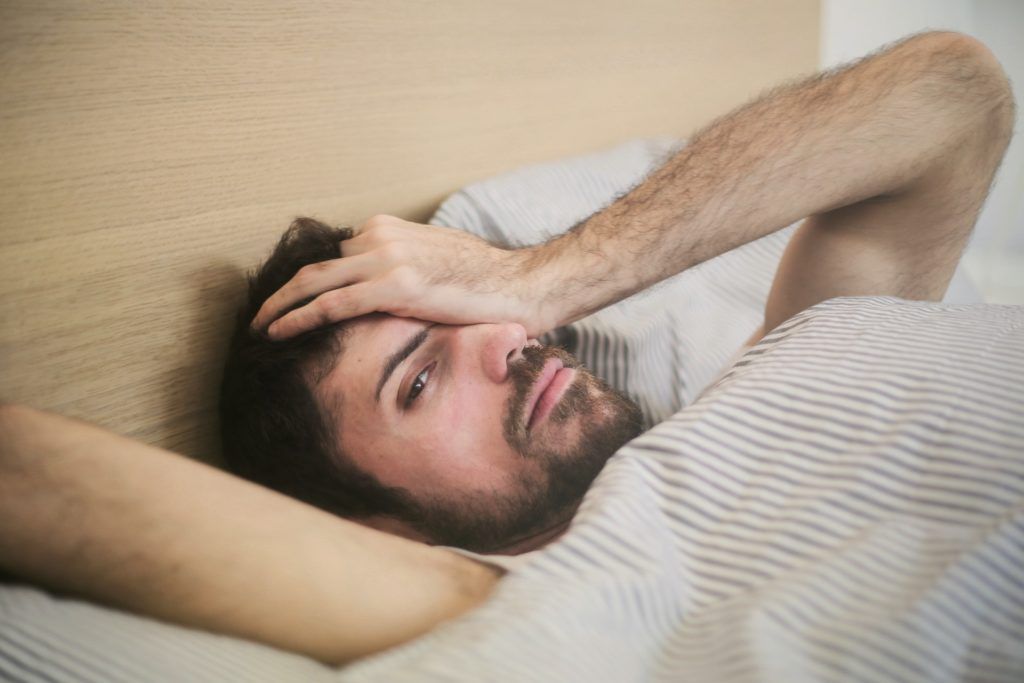
Causes of PSD
Biological, social and psychological factors are often indicated as the mechanism of the emergence of psychiatric disorders. The case is no different in post-stroke depression. It is assumed that there are two groups of mechanisms involved in the development of post-stroke depression: the biological and the psychosocial ones. The biological mechanism remains not fully understood, there are both reports stating that depression depends on the size of the stroke locus, which disturbs mood regulation, and those that state that it is independent of the type and mechanism of stroke. The development of depression may be influenced by the biochemical changes observed in the first period following the stroke. Studies demonstrate an increase in the concentration of Interleukin 6 (IL-6) and a decrease in serum BDNF levels as predictors of post-stroke depression. IL-6 regulates the interaction between the immune system and the central nervous system. Physiologically, the concentration of IL-6 should be low, the increase in its concentration suggests inflammation or tissue damage, and may indicate the presence of depression, because it reduces the levels of the neurotransmitter called serotonin, the low level of which is believed to promote depression. Interleukin-6 is a cytokine that contributes to the patient’s increased sleepiness and fatigue. The discovery of an increase in IL-6 in PSD also suggests that anti-inflammatory drugs could prove effective in treating and preventing post-stroke depression. BDNF (Brain Derived Neurotrophic Factor) is a brain-derived neurotrophic factor secreted by neurons and stimulating brain neuroplasticity. BDNF deficits are manifested in the form of weakened cognitive processes, depression or anxiety. The support the patient receives from the environment is indicated as a social factor. Depression is more frequent in patients who are deprived of social support and have loose social ties. It is possible for post-stroke depression to be purely biological in nature, but depression is thought to develop more frequently on a multifactorial basis. For this reason, researchers refer to post-stroke depression as a biopsychosocial disorder with multiple etiological processes.
The effects of depression after a stroke
In a situation of illness and disability of a patient due to a stroke, it is the family, relatives, carers and medical personnel who must become ambassadors of the sick person in their recovery mission. Depression takes away the patient’s motivation to recover, which is why it is most often the physiotherapists who will first notice patients’ poor motivation to exercise and possible depression. The patients’ families and loved ones require education about the specificities of the post-stroke situation. It is they who should react to the patient’s poor mental condition and draw the doctor’s attention to the symptoms of depression. Unfortunately, it also happens, due to ignorance, that the family accepts the patient’s apathy as a normal reaction to a sad event in the form of illness and does not seek psychological help for the affected person. Widespread as the post-stroke depression is, the knowledge about its consequences is unfortunately not. Therefore, it is worth highlighting the consequences of untreated PSD:
- worsened quality of life,
- increased mortality,
- delayed recovery,
- disturbed cognitive functions,
- limited and hindered rehabilitation,
- inhibited taking up life activity,
- increased risk of subsequent vascular incidents,
- it can also cause depression in the caregiver of the sick person.
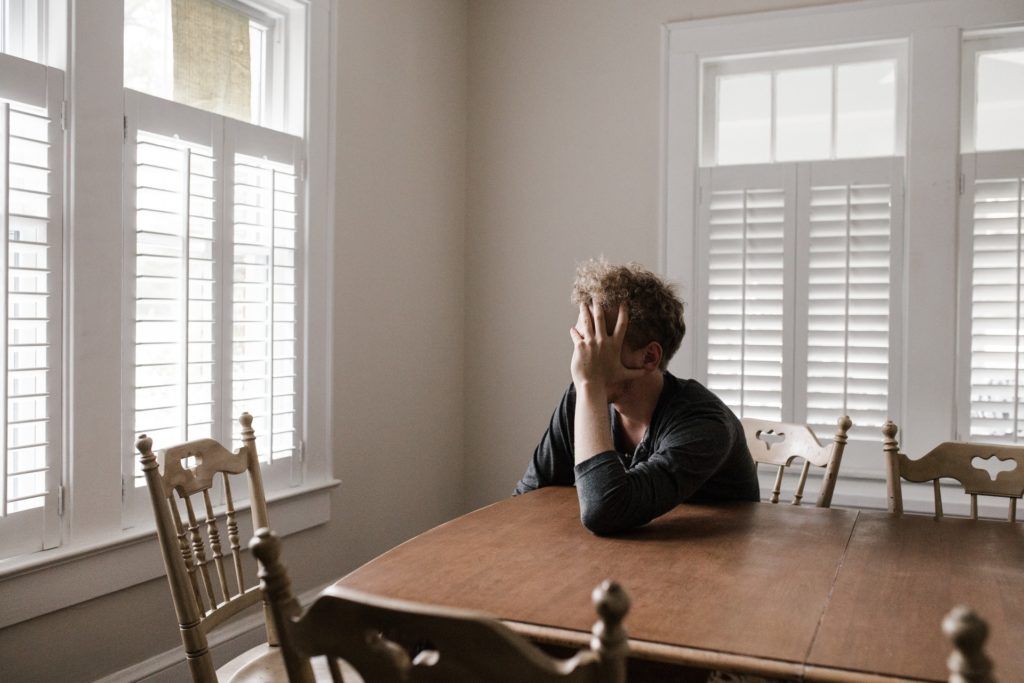
Treatment of depression after a stroke
The main issue with post-stroke depression is that it is too rarely diagnosed and therefore frequently left untreated. Paradoxically, patients with more severe symptoms of depression are in a better situation than those with less symptoms, because the former are easier to diagnose and thus receive antidepressant treatment faster. PSD is treated with pharmacotherapy and psychotherapy. When using pharmacological agents, however, one must be careful about the serious somatic state of the patient, as drugs may be associated with risks. Family and its support as well as psychoeducation are helpful in treating depression. The best option would be to prevent post-stroke depression, but the options for preventing PSD are still being explored. What is worrying, is the fact that stroke patients do not always have access to psychological care in wards, and what is even worse, it happens that they are not even recommended to contact a psychologist or psychotherapist. Antidepressant treatment improves the quality of psychosocial functioning and improves cognition. The presence of post-stroke depression in a patient lowers the sense of self-efficacy in the rehabilitation process, ultimately leading to less effective rehabilitation and delays the return to efficient functioning.
Rehabilitation success
Everyone who comes into contact with a disease expects quick and effective solutions. In the case of a stroke, only long-term and systematic rehabilitation determines recovery. However, the mere availability of rehabilitation does not necessarily equal a success. Rehabilitation success is very much dependent on the patient’s cooperation and motivation, which proves to be a difficulty in the case of depression. Stroke patients lack strength, determination and psychological support, and the medical facilities are not always able to provide them. Stroke patients require multifaceted help and care. Therefore, for stroke patients with depression symptoms, the VR TierOne team has created an effective non-pharmacological therapy using Virtual Reality. VR TierOne therapy offers support for cognitive functions and motivation for long-term rehabilitation. It is extremely important that the virtual therapy reduces depression and improves the patient’s mental condition. The innovativeness of VR TierOne rests in the possibility of activating the patient’s upper limbs, supporting his or her cognitive functions with simultaneous mental support provided by a virtual therapist.
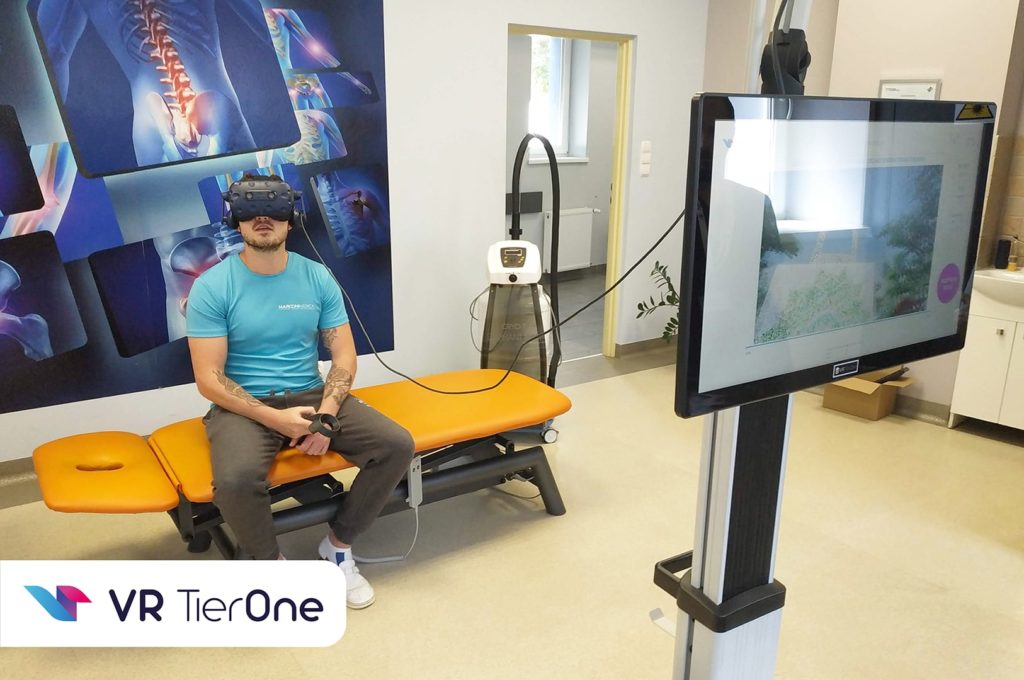
The worlds of medicine, rehabilitation and physiotherapy willingly reach for modern solutions that facilitate work and support patient improvement, including VR solutions. It can be expected that the VR TierOne medical solution will be increasingly available in healthcare facilities, making it easier for stroke patients to recover physically and mentally.




